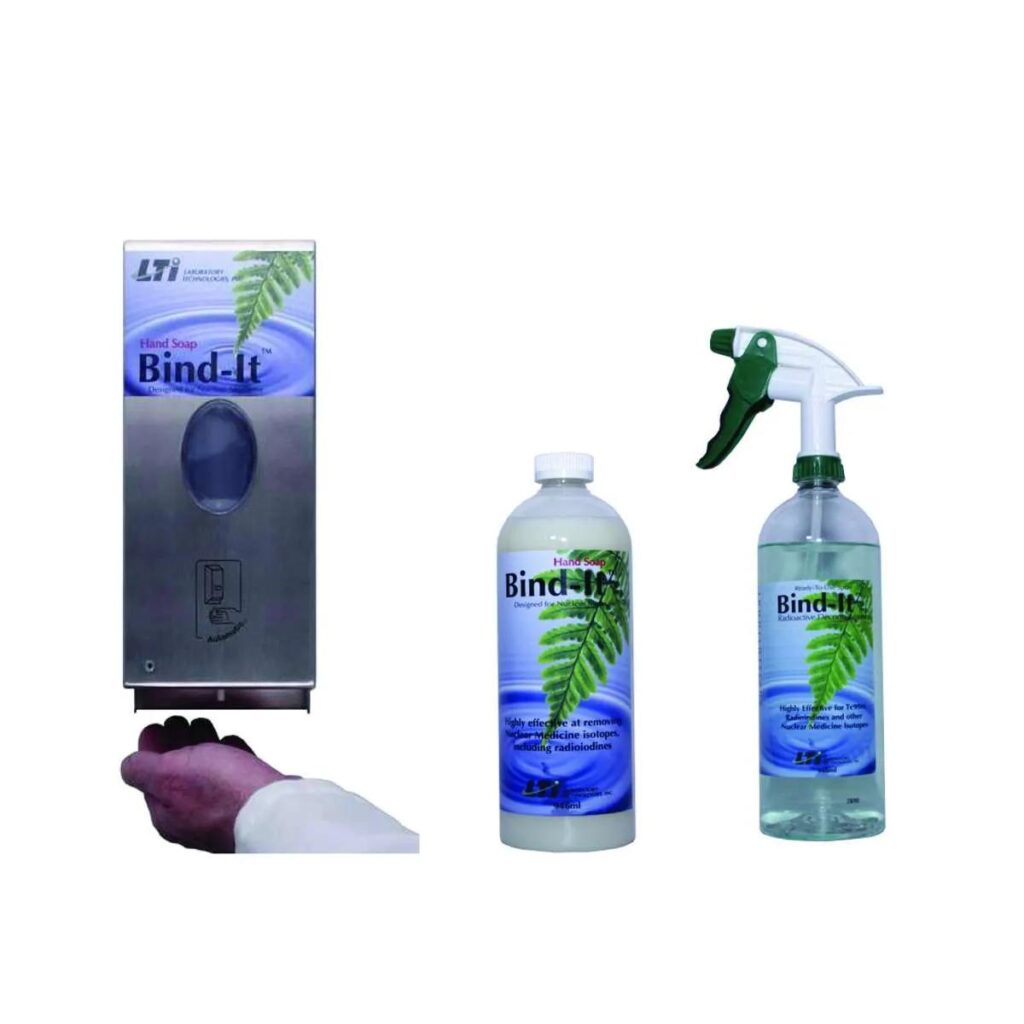Table of Contents
- Experts Emphasize Effectiveness of Mild Soap and Water in Decontamination
- Understanding the Science Behind Mild Soap’s Role in Removing Contaminants
- Best Practices for Using Soap and Water to Ensure Thorough Cleanliness
- Guidelines for Selecting Appropriate Mild Soaps to Maximize Safety and Efficiency
- Key Takeaways
Experts Emphasize Effectiveness of Mild Soap and Water in Decontamination
Leading health specialists and environmental scientists have concurred that using mild soap and water remains one of the most effective methods for decontaminating surfaces and skin. Unlike harsh chemical agents, mild soap works by breaking down the lipid membranes of many pathogens, allowing them to be easily rinsed away without causing irritation or damage. This simple yet powerful approach aligns with global health guidelines, underscoring its pivotal role particularly in everyday hygiene practices.
Key advantages highlighted by experts include:
- Safe for frequent use, minimizing skin dryness and allergic reactions.
- Environmentally friendly, reducing reliance on chemical disinfectants that may contribute to pollution.
- Cost-effective and accessible for all demographics, promoting widespread adherence.
- Effective against a broad spectrum of pathogens, including bacteria and viruses.
Given these benefits, institutions and individuals alike are encouraged to prioritize mild soap and water in their decontamination routines, ensuring health safety while supporting sustainable practices.
Understanding the Science Behind Mild Soap’s Role in Removing Contaminants
At the molecular level, mild soap functions as a powerful agent against contaminants by effectively breaking down the lipid membranes of viruses and bacteria. This happens because soap molecules possess hydrophobic (water-repelling) tails and hydrophilic (water-attracting) heads, allowing them to latch onto oily substances and microorganisms. When combined with water, these molecules form micelles that trap and lift away dirt, pathogens, and oils from surfaces and skin, rendering them easy to rinse off. This mechanism highlights why even mild variants of soap, which are gentle on the skin, still maintain robust decontamination properties.
Key factors that contribute to mild soap’s effectiveness include:
- Its ability to disrupt the lipid envelopes of viruses, neutralizing their infectious potential.
- The emulsification process that lifts away grease and microorganisms during washing.
- Compatibility with human skin, which encourages frequent handwashing without irritation.
These characteristics not only make mild soap a frontline defense in personal hygiene but also a preferred option in healthcare settings where skin sensitivity is a concern. Expert consensus reinforces that when paired with adequate water rinsing, mild soap is a scientifically validated and accessible method for effective decontamination.
Best Practices for Using Soap and Water to Ensure Thorough Cleanliness
To maximize the effectiveness of using soap and water, experts emphasize the importance of technique as much as products. Always use mild, fragrance-free soap that is gentle on the skin but powerful enough to break down oils and dirt. Begin by thoroughly wetting your hands or the surface to be cleaned, then lather generously for at least 20 seconds, ensuring you cover all areas including between fingers, under nails, and around wrists. Remember, the scrubbing motion is critical to dislodge contaminants and enhance the soap’s ability to emulsify grime.
Post-lathering, rinse thoroughly with clean water to remove all soap residues that could irritate skin or leave a film on surfaces. For hand hygiene, drying with a clean towel or air dryer is recommended to prevent recontamination. For surfaces, use a clean cloth or disposable towel to dry. Experts also recommend these best practices:
- Use lukewarm water rather than hot water to avoid skin dryness or damage.
- Replace bar soaps regularly and consider liquid soaps with antimicrobial agents if contamination risk is high.
- Wash hands before and after contact with high-touch areas or potentially contaminated objects.
Guidelines for Selecting Appropriate Mild Soaps to Maximize Safety and Efficiency
Choosing a mild soap for decontamination involves more than simply picking any product labeled “gentle.” Experts emphasize the importance of selecting formulations that maintain a balanced pH level, typically between 5.5 and 7, to preserve the skin’s natural barrier. Soaps enriched with moisturizing agents such as glycerin or aloe vera are highly recommended to prevent dryness and irritation during frequent use. Additionally, it’s critical to avoid harsh additives like synthetic fragrances, parabens, or sulfates, which can compromise skin health and reduce overall safety during repeated washings.
When evaluating mild soaps, prioritize products that:
- Are dermatologically tested and backed by scientific studies to support their gentle nature.
- Contain biodegradable ingredients, aligning with environmental sustainability without sacrificing effectiveness.
- Have minimal allergenic potential to accommodate sensitive skin types and reduce risk of contact dermatitis.
- Possess effective antimicrobial properties to ensure maximum decontamination efficiency while remaining mild.
By adhering to these criteria, individuals and professionals alike can confidently use mild soaps that not only maximize safety but also enhance cleaning efficiency in critical decontamination processes.
Key Takeaways
In conclusion, health experts consistently recommend the use of mild soap and water as the most effective and accessible method for decontamination. This simple yet reliable practice not only helps remove harmful contaminants but also minimizes the risk of skin irritation associated with harsher chemicals. As awareness grows, individuals and organizations are encouraged to prioritize gentle cleansing protocols to ensure safety and promote overall health.Check Our Other Blogs
- StunGun – Your Trusted Source for Stun Guns, Laws, and Self-Defense Tips
- PepperSprayLaws – Your Trusted Resource for Pepper Spray Information
- StunGunLaws – Your Trusted Guide to Stun Gun Legality and Safety




